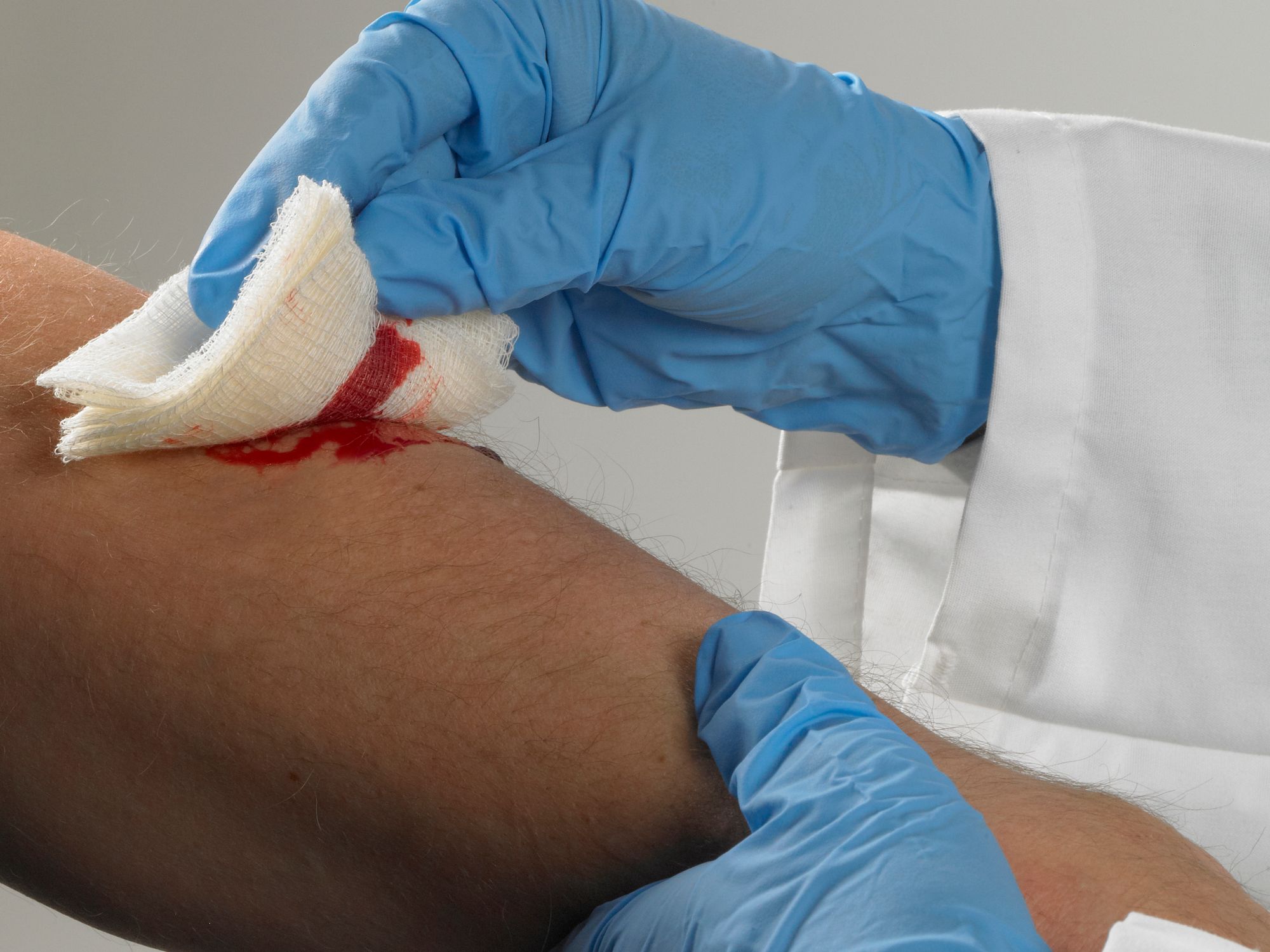Preventing MRSA in the workplace

- Infection control is key to stopping the spread of MRSA especially in healthcare settings.
- Some places where MRSA may be more common include schools, dormitories, military barracks, correctional facilities, and more.
- Good personal and hand hygiene are important methods to help contain the spread of MRSA.
As part of a comprehensive safety and health management system, employers can take steps to decrease or minimize the spread of MRSA at the workplace. Preventing the spread of MRSA in the workplace depends on the type of workplace. Infection control is key to stopping MRSA spread in healthcare settings. Employees in other work settings should be encouraged to do the following to prevent MRSA spread in their work environments. Employees should be encouraged to practice good personal and hand hygiene, such as:
- Keeping hands clean by washing thoroughly with soap and water or by using an alcohol-based sanitizer when soap and water is not immediately accessible;
- Keeping cuts and scrapes clean and covered with a bandage until healed;
- Avoiding contact with other people’s wounds or bandages; and
- Avoiding sharing personal items, such as towels, washcloths, razors, or clothes.
Soiled sheets, towels and clothes should be washed in hot water with bleach and dried in a hot dryer.
If a wound appears to be infected, an employee should see a healthcare provider. Treatment may include draining the infection and the administration of antibiotics.
MRSA is transmitted most frequently by direct skin-to-skin contact or contact with shared items or surfaces that have come into contact with someone else’s infection (e.g., towels, used bandages).
MRSA skin infections can occur anywhere on the body. However, several factors make it easier for MRSA to be transmitted. These factors, which the National Institute for Occupational Safety and Health (NIOSH) has referred to as the 5 C’s, are as follows:
- Crowding
- Frequent skin-to-skin Contact
- Compromised skin (i.e., cuts or abrasions)
- Contaminated items and surfaces
- Lack of Cleanliness
Locations where the 5 C’s are common include schools, dormitories, military barracks, households, correctional facilities, and day care centers.
According to the Centers for Disease Control and Prevention (CDC), unless directed by a healthcare provider, workers with MRSA infections should not be routinely excluded from going to work.
- Exclusion from work should be reserved for those with wound drainage (“pus”) that cannot be covered and contained with a clean, dry bandage and for those who cannot maintain good hygiene practices.
- Employees with active infections should be excluded from activities where skin-to-skin contact with the affected skin area is likely to occur until their infections are healed.
Additionally, an employer may want to seek guidance from an occupational healthcare provider about how to reduce additional risks to both MRSA-infected and uninfected employees. This may be important in industries (for example: agribusiness, construction, forestry/landcare, healthcare, food service) where an employee is at higher risk of sustaining a skin injury such as an abrasion, burn, cut, or puncture wound.
